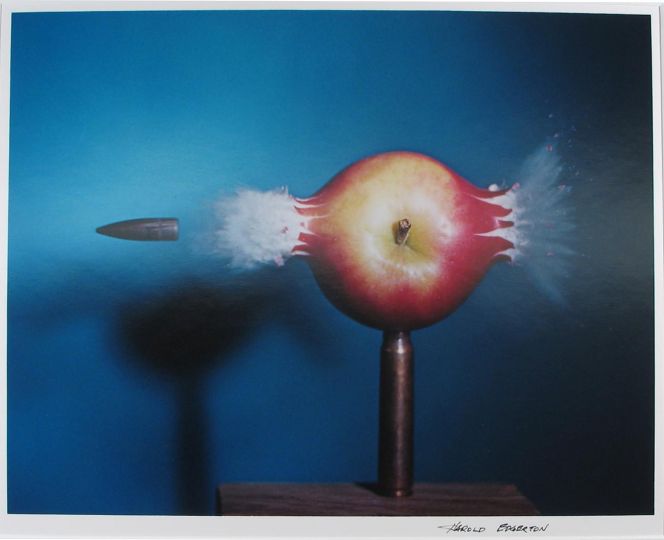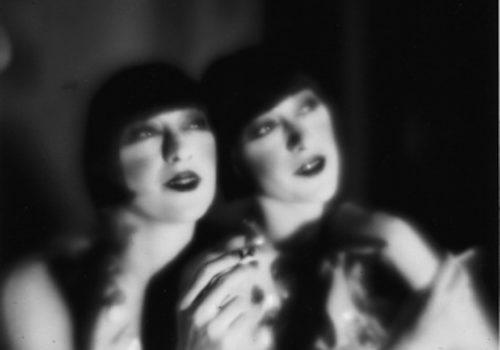On August 6, 1945, the first Atomic bomb in history would wipe the Japanese city of Hiroshima from the face of the earth, killing instantly 60,000 civilians and around 140,000 over the months that followed. We know the horrifying images from amateur photographers: burnt bodies, piled up or floating in the water, numbed regards from survivors, errant victims surrounded by rubble. Images that were hidden, and were not published until 1960.
The 60 photographs that comprise Hiroshima Ground Zero, more architectural, have taken over half a century to emerge. One rainy evening in Watertown, in Massachusetts, a man walking his dog found a suitcase filled with photographs. Don Levy, multiple object collector –mainly children toys – rushed home with the discovered treasure and talks about it in his diner. “Not a big photography enthusiast, he was immediately surprised by the tone of the images”, tells Erin Barnet, curator. “We nicknamed the object ‘The Massachusetts suitcase’ as a reference to Capa’s Mexican suitcase. Found astray on the street during a move, belonging to the American civil engineer: Robert L. Corsbie.”
Sent to Japan from October through November 1945 to evaluate the damage of the atomic weapon, Corsbie was accompanied by two photographers – J. Meuenster and C. Adamson Jr. – as well as five army soldiers also carrying cameras. Their mission was to supply a structural analysis of the new American strike force. These images would mainly bring essential information to scientifics, engineers and architects for the future weapons or the protection of the American territory in case of a similar attack.
Even if the issue remains controversial in the USA, they show today evidence of a unique documentary value. These photographs are scientific and frontal, in contrast to a large number of pictures – from afar or from the air– taken at that time. A wiped-out city is discovered, a large field where some construction remains. We imagine what they were made of, how they were destroyed by the blow of the bomb or by the fire. Pompeii and its roman ruins are not that far. “It is difficult to imagine what this event could’ve looked like”, states Erin Barnett. “It is not only about buildings, but hundreds of people that worked and lived there. When you realize that what used to be a school now is only two walls, you understand quickly. It feels like watching a city’s morgue.”
Sometimes a ray of light crosses a room. Not far, on a chair, there is a torn shirt. A particular aesthetism seems to draw itself. Confronted with this desolation, material, though mainly human, the eyes of the State’s agents seem to have been sensitized, hiding the indifference. “The images possess a clear corporal nature even if men are globally absent”, states the curator. “Those who have taken the photographs clearly had an eye. They were touched, as photojournalists are. We cannot remain marble figures confronted by this sight.”
Jonas Cuénin
Hiroshima Ground Zero
Until August 28, 2011
International Center of Photography, New York
1114 Avenue of the Americas at 43rd Street
New York, NY 10036
(212) 857-0001
















